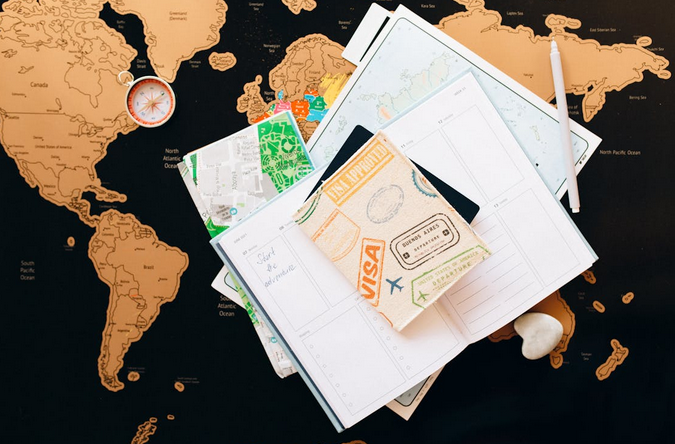Traveling across Asia can be an unforgettable experience, but understanding visa requirements is essential before you start your journey. Each country has its own rules, ranging from visa-free entry to detailed application processes, depending on your nationality and length of stay. Having the right documentation in place ensures smooth border crossings and a stress-free adventure. With careful preparation, you can focus on enjoying Asia’s incredible diversity, from its ancient temples to its vibrant modern cities.
E-Visa Systems and Online Applications
Several Asian countries have embraced technology by introducing electronic visa systems that simplify the process. Nations such as India, Vietnam, and Sri Lanka allow travelers to apply online and receive approval via email, often within a few days. This system eliminates the need for embassy visits and makes planning easier for those who prefer flexible itineraries. Applying early is still recommended since processing times can vary depending on demand. Always double-check that you are using the official government website, as unofficial sites may charge extra or lead to fraudulent applications.
Visa-Free and Visa-on-Arrival Destinations

One of the best things about traveling through Asia is the growing number of visa-free or visa-on-arrival options. This can be a good news especially if you are all set to explore 대구의밤 in South Korea or Kowloon City in Hong Kong. Countries like Thailand, Malaysia, Japan, and Singapore allow visitors from many regions to enter without a visa for stays ranging from two weeks to three months. Visa-on-arrival programs are equally convenient, letting you obtain a visa directly at the airport. However, it’s wise to check the latest entry requirements before traveling, as policies can change frequently. Having printed copies of your travel itinerary and proof of onward flights also helps speed up immigration checks and avoids unnecessary complications.
Border Crossings and Regional Travel Tips
For travelers exploring multiple countries in one trip, understanding regional travel agreements is useful. Southeast Asia, for example, is relatively easy to move through, with neighboring countries connected by flights, buses, or trains. However, land border crossings may have different visa rules compared to airports. Always confirm if your visa allows multiple entries, especially if you plan to return to the same country during your journey. Keeping extra passport photos, local currency, and digital copies of your documents can save you time during crossings and prevent unnecessary delays.
Long-Stay and Work Visas

If your travel plans involve staying for an extended period, studying, or working, you’ll need a specific visa type. Some countries, like South Korea and Japan, offer working holiday visas for young travelers looking to earn while exploring. Others have long-stay options for digital nomads or retirees who wish to enjoy Asia’s diverse lifestyles. These visas typically require proof of income, health insurance, and background checks. Since long-stay applications often have stricter criteria, it’s best to start the process several months in advance and confirm the exact documents required by each embassy.
Traveling across Asia offers an adventure like no other, but preparation is key to enjoying it fully. Understanding visa requirements, staying updated on changes, and organizing documents ahead of time make your trip much smoother. Whether you’re taking short vacations or long-term journeys, the right visa ensures you can focus on exploring instead of dealing with bureaucracy. Asia’s growing connectivity and traveler-friendly policies make it easier than ever to experience its cultures, cuisines, and landscapes. A little research before your trip goes a long way in keeping your travels worry-free and memorable.

